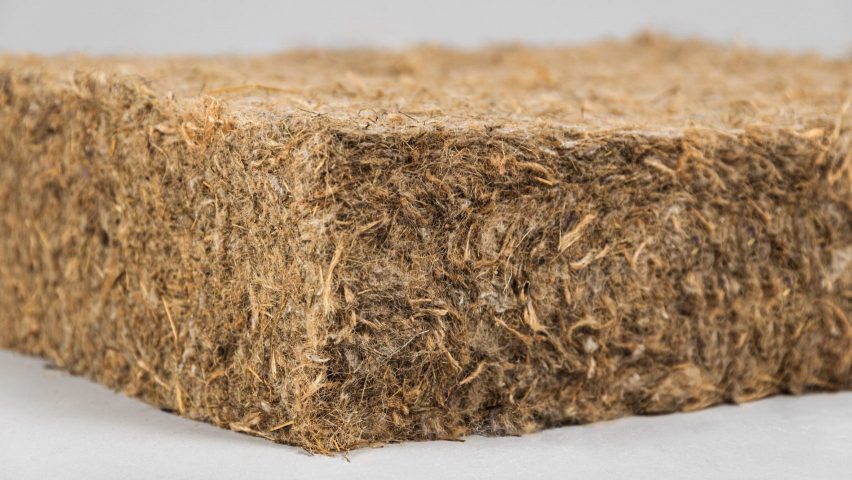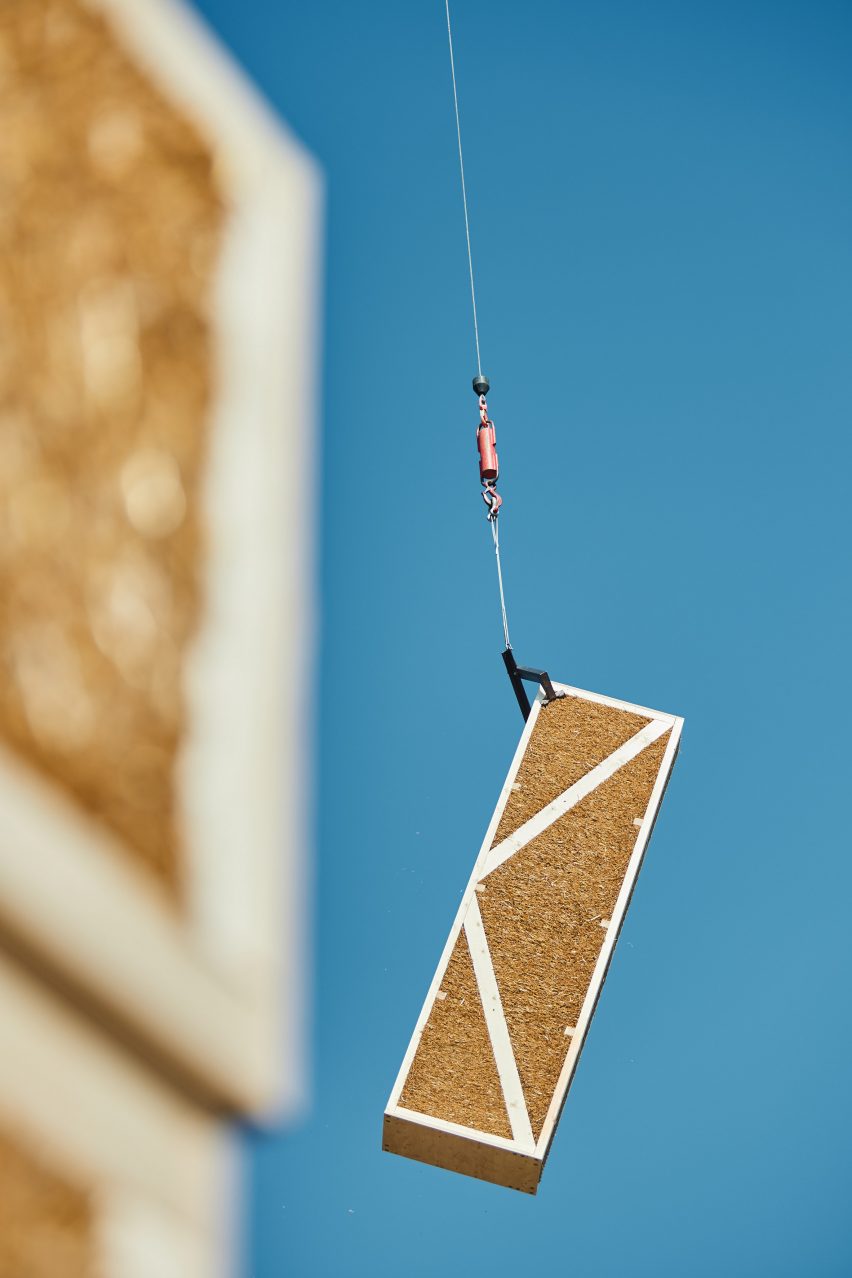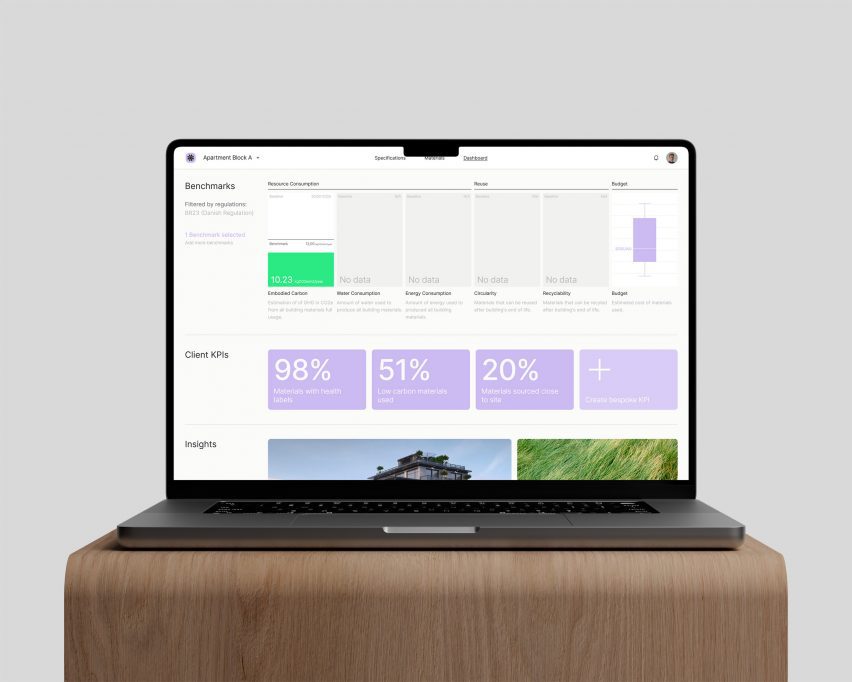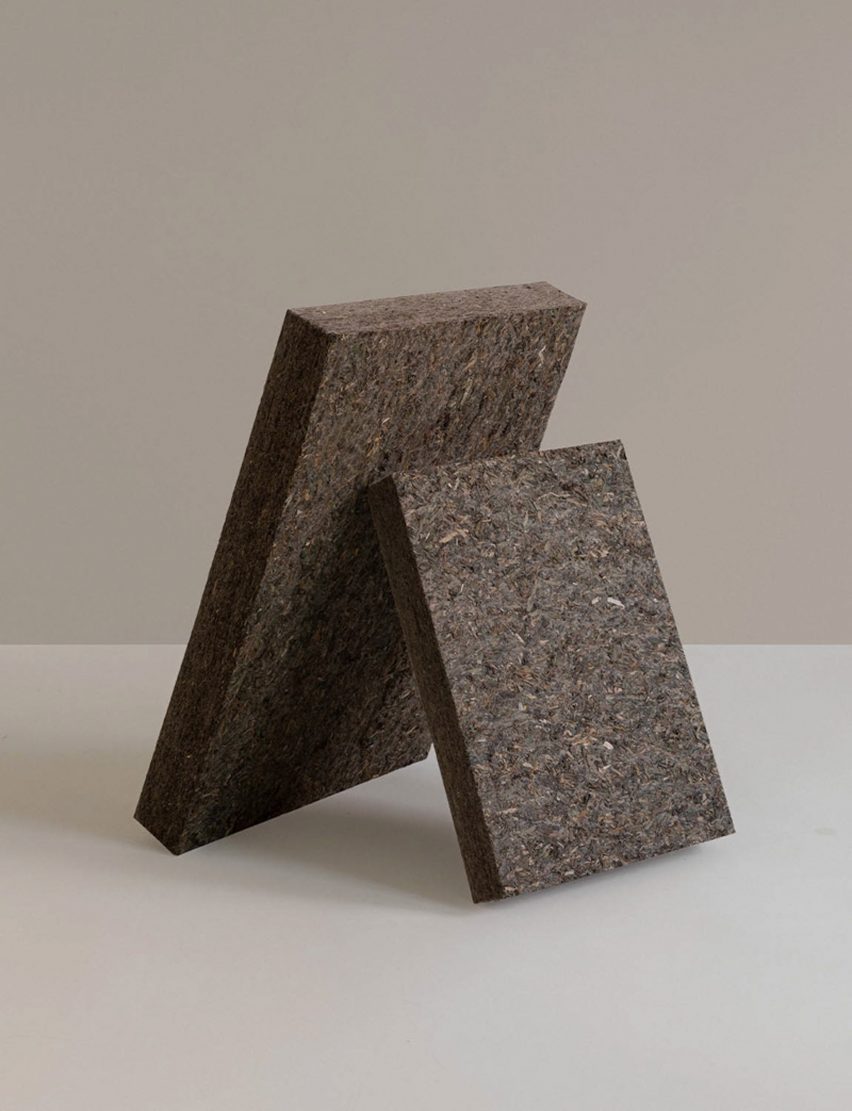
Revalu aims to improve access to materials data for architects
The Revalu platform uses one million data points and an AI-powered accuracy checker to enable architects to compare the environmental impacts of different building materials.
Founded in Denmark and launched earlier this year, Revalu aims to cater to both large and small architecture practices, with three different ways to engage with its data platform.
First, there is the material cloud, which gathers over one million data points related to the environmental impact of different materials. This back-end Revalu product has no visual user interface; instead, it is offered to architecture firms to plug into their own software via an application programming interface (API).

This is mainly for large architecture firms using custom design tools. The material cloud provides a mapped and regularly updated dataset so that when architects create designs using their own software, they can see accurate numbers related to the projects' environmental impacts.
It saves firms from the laborious task of sourcing and comparing these scattered data points themselves, and provides what Revalu says is the most comprehensive dataset out there.
"I think by far we are the most reliable platform out there in terms of understanding all kinds of environmental indicators and also going beyond carbon," Revalu co-founder and CEO Kika Brockstedt told Dezeen.
As well as carbon emissions, Revalu's 27 mapped environmental indicators include water use, renewable energy ratio, re-used content, circularity potential and toxicity levels.
The second option for engaging with Revalu is through a front-end digital platform. This presents a free and pared-down selection of indicators in the form of a material data library.

This platform allows users to set up a project for a new building, select materials for it, compare the data and see a preliminary lifecycle analysis, with the Danish carbon emissions upper limit of 12 kilograms of CO2 per square metre per year as a benchmark.
The interface provides an easy way to visualise the impact of material choices while also being a useful communication tool in meetings with clients.
With the platform, Brockstedt hopes to make more information available to solo practitioners and small firms, who she notes are usually at a disadvantage in not having access to the in-house sustainability experts and sophisticated custom software that large firms have.
She describes "a slight monopolisation happening" over sustainability in architecture, with small firms falling "very far behind".

"The vision is to really make climate targets tangible for the industry and to ensure that people are able to make shifts very fast," said Brockstedt. "At the same time, we want to democratise the data and the access to it."
A third, just-launched facet of Revalu is also intended to broaden access to information, this time by spreading awareness of new low-carbon materials.
Called the Material Innovation Hub, this section of the digital platform is curated by Revalu and showcases bio-based and recycled materials such as eelgrass, straw bales, hemp, mycelium and certain types of timber.
Brockstedt cites a partner project undertaken with UK studio DaeWha Kang Design as an example of the kind of benefits it wants to bring to small firms.
The architects used Revalu's platform to find several alternative materials for their renovation of St Andrew Holborn church in London, a Grade I-listed building by architect Christopher Wren, hoping to bring the embodied carbon for the project down enough to qualify it for awards. The project has since been shortlisted in the Architects Journal Awards.

Revalu's platform is powered by artificial intelligence — first, a machine learning algorithm that pulls and processes data from Environmental Product Declarations (EPDs) and other sustainability reports, then a second "reliability engine" that runs quality checks and flags potentially incorrect numbers for follow-up.
The company's primary market is Europe due to the region's strong product data and regulations, but Brockstedt says that they are increasingly finding it possible to serve the rest of the world by adapting the data using existing methodologies and averages.
While her time building Revalu has taught her about the importance of championing bio-based and alternative materials, she says she has also come to see that sustainable architecture "is not black and white".
"Many like to preach: concrete is bad and wood is good," she said. "I actually think concrete is a great material and often makes more sense than building wood skyscrapers in a desert."
"It's about diversifying, and combining materials in a smart way, where it makes the most sense. And longevity, to ensure that the building is there to stay."

Diversification is also key when it comes to biomaterials, she added.
"We cannot rely on wood, so fast-growing materials such as bamboo, straw and hemp will be crucial materials in the future," she said. "This is why retrofitting existing buildings with bio-based materials can be a great form of carbon sink."
Bamboo is the fastest growing plant on the planet, while straw is an agricultural byproduct that can be used as insulation.
Hemp is also fast growing and was found to be "more effective than trees" at sequestering carbon by Cambridge University.
Photos are courtesy of Revalu.